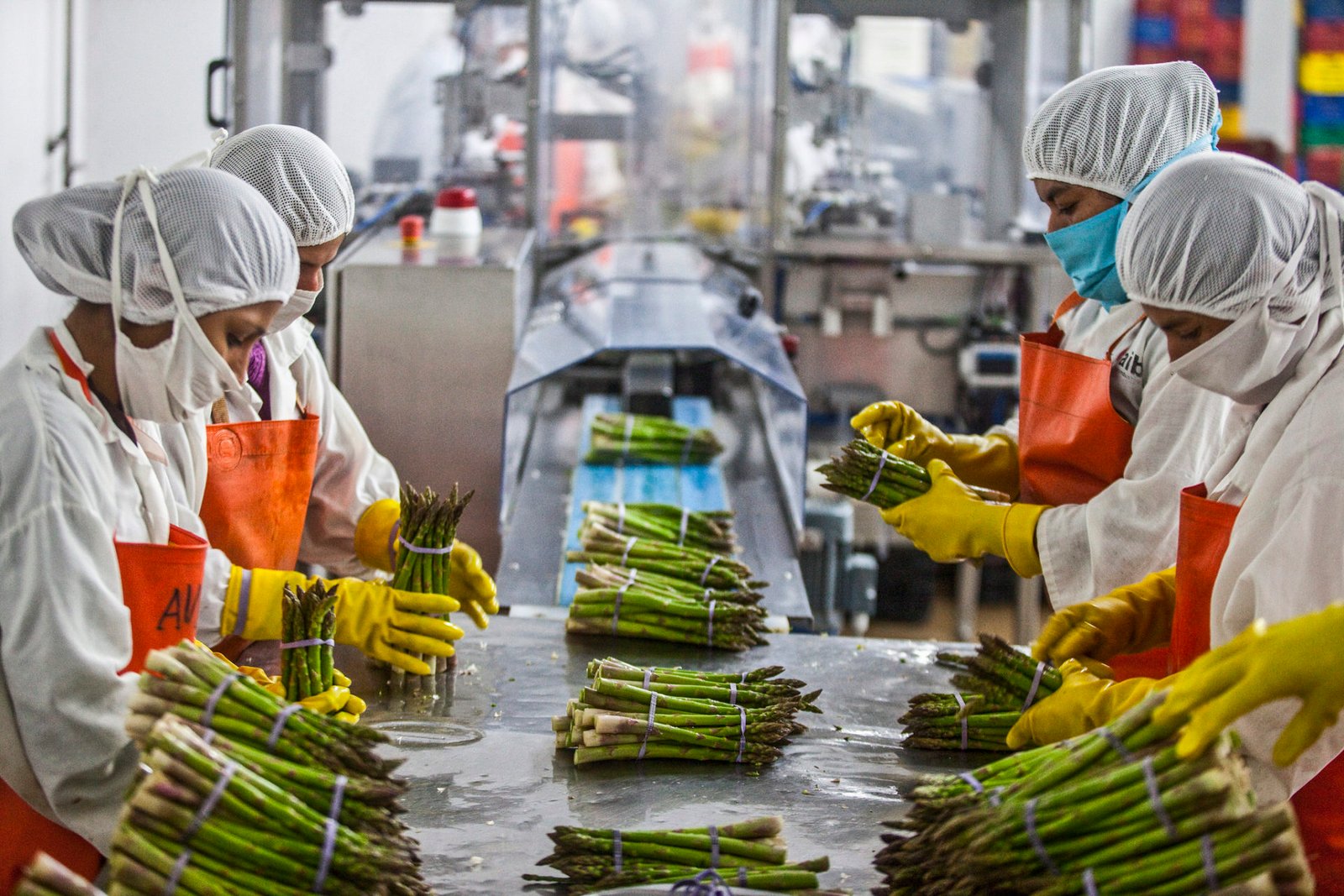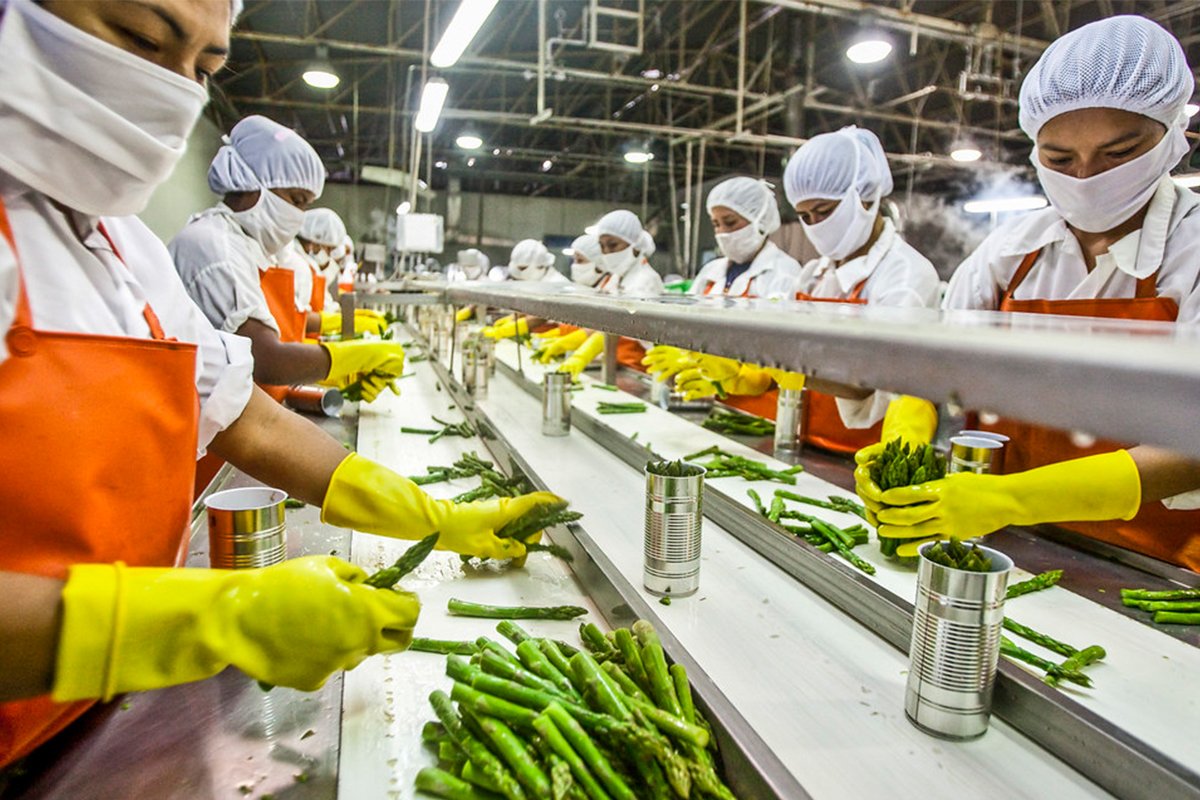Food Processing – This book covers the entire syllabus of “Nutrition and Dietetics” prescribed by BNMC-for all Diploma in Nursing Science and Midwifery students. We tried to accommodate latest information and topics. This book is examination friendly setup according to the teachers’ lectures and examination’s questions. At the end of the book previous university questions are given. We hope in touch with the book students’ knowledge will be upgraded and flourished. The unique way of presentation may make your reading of the book a pleasurable experience.

Food Processing
Food processing means doing something to a food to:
Preserve it. That is to:
1. Prevent micro-organisms multiplying in the food.
2. Stop the action of enzymes which make food older and ‘go bad’.
3. Remove toxins and other harmful substances.
4. Make the food easier to handle and store.
5. Make it easier to prepare and cook.
6. Make it taste better.
7. Make it easier to digest.
8. Replace or add micronutrients.
Various Ways of Processing of Food:
Many processing methods do several of these things at the same time. This are include –
1. Drying.
2. Milling.
3. Fermenting and souring.
4. Germinating and malting.
5. Canning and bottling.
6. Fortifying.
7. Cooking.
Drving:
- Drying removes water from the food.
- It prevents micro-organisms multiplying-for example bacteria, yeast, moulds.
- Prevents enzymes which make foods become old and ‘go bad’ from working.
- Reduces the weight of the food and makes the food easier to handle.
- Drying may destroy much of the vitamin C and folate and some of the vitamin A.
Fermenting:
Fermenting change the taste and nutrient content of foods and helps to preserve them. There are two kinds of fermentation-sour fermentation which produces acid and alcohol fermentation which produces alcohol.

Souring:
Sometimes people add an ‘acid food such as lemon or tamarind juice to make porridge thinner and easier to eat and may improve the absorption of some minerals. It probably does not prevent bacteria from growing, so it may not make the food keep longer.
Milling:
Milling means removing the outer layers of dried cereals or legumes; pounding cereals, legumes and dried roots into flour.
Advantage:
1. Milling makes foods easier to prepare, eat and digest.
2. If it removes fat, the flour keeps longer.
3. Methods of milling vary from place to place.
Canning and bottling:
Bottling and canning preserves foods and may alter the nutrient content and taste. Foods are usually heated or cooked to kill micro-organisms. Sometimes foods such as sugar, salt, acid (e.g. vinegar), or food additives are added to help preserve the food. Then it is sealed into cans or bottles. Canning must be done in a factory.
Germinating:
Germinating means making cereal or legume grains start to grow.
Malting:
Malting means germinating and then drying the germinated grains.
Cooking:
- Makes many foods taste better and easier to digest.
- Destroys micro-organisms in foods.
- Destroys enzymes which make foods become older'(for example, the enzymes in fruit which eventually makes them over ripe).
- Destroys some vitamins.
- Removes anti-nutrients (for example, in cassava and soybeans).
- May add nutrients (for example, frying add fat).
Fortification:
Fortification means adding a micronutrient to a food. Fortification may replace micronutrients lost during processing or it may add extra micronutrients.
(Ref: Nutrition for Developing Countries/2d/57-62)

Preserving the Nutrient Value of Vegetables:
Some suggestions to retain the maximum nutrition in the foods that we cook include:
- Store foods properly, such as keeping cold foods cold and sealing some foods in airtight containers.
- Keep vegetables in the crisper section of the refrigerator.
- Try washing or scrubbing vegetables rather than peeling them.
- Use the outer leaves of vegetables like cabbage or lettuce unless they are wilted or unpalatable. Microwave, steam, roast or grill vegetables rather than boiling them.
- If we boil our vegetables, save the nutrient-laden water for soup stock.
- Use fresh ingredients whenever possible.
- Cook foods quickly.
Read more:
